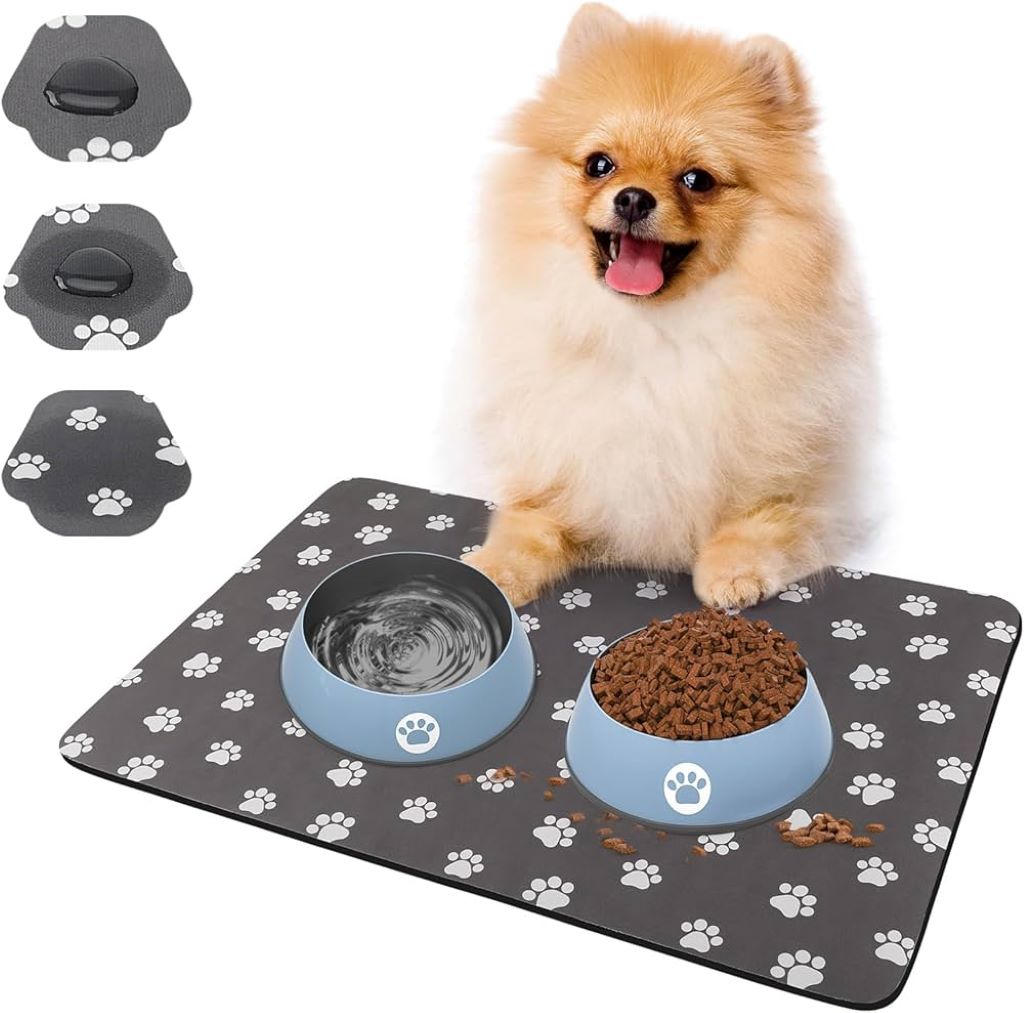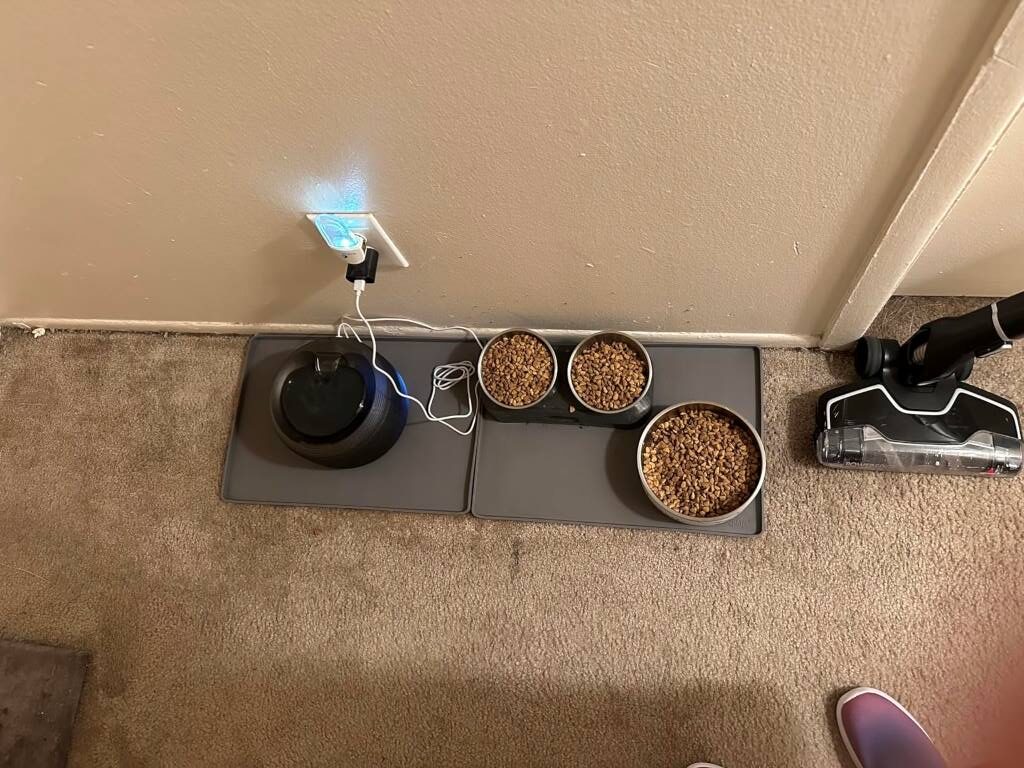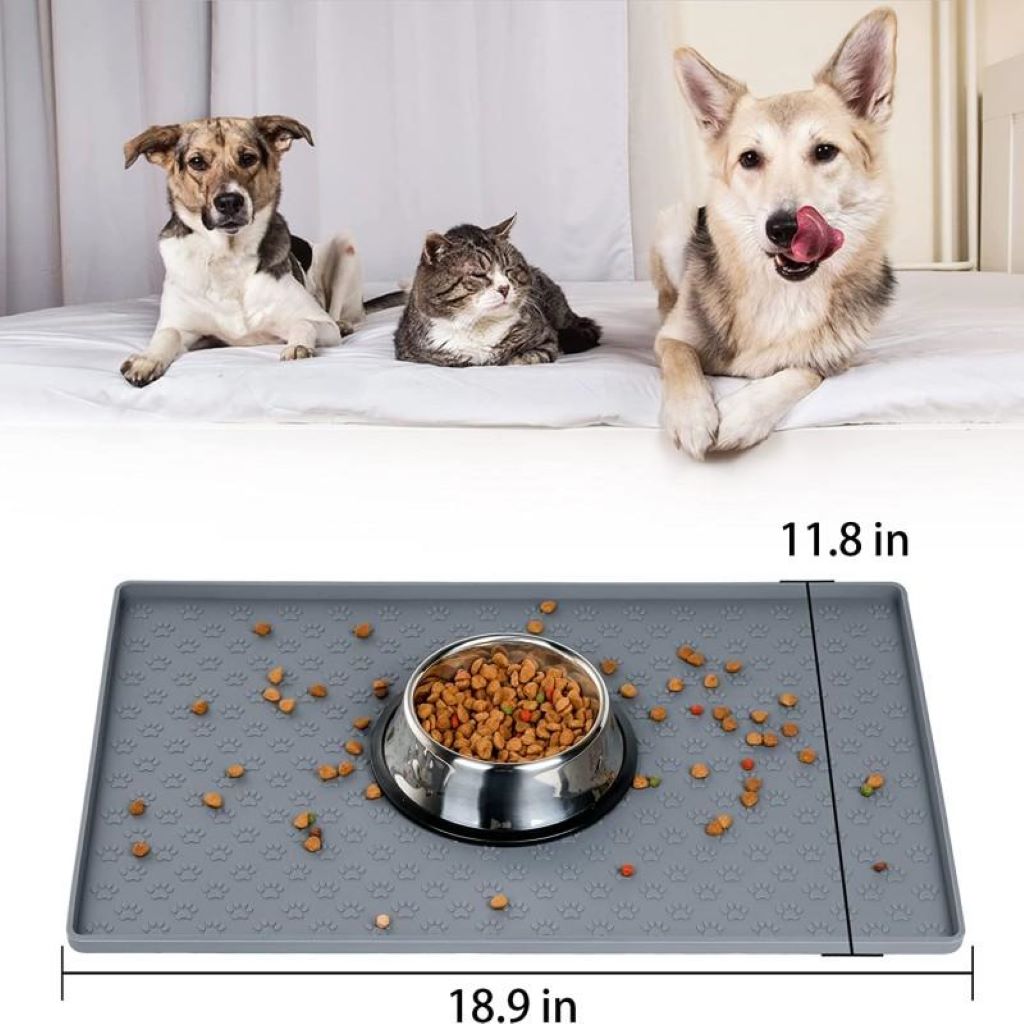In a world increasingly concerned about environmental impact, even the smallest changes can make a difference. One such change is rethinking the materials we use for our pets’ accessories. Instead of buying new, why not upcycle old textiles into eco-friendly fabric mats for your dog’s dining area? This not only reduces waste but also adds a unique touch to your home décor.
Benefits of Upcycled Fabric Mats
- Sustainability: Upcycling old textiles reduces the demand for new materials, which in turn reduces the environmental footprint of textile production. This means less water consumption, fewer harmful chemicals, and less energy used in manufacturing processes.
- Cost-Effective: Repurposing old textiles is a budget-friendly alternative to buying new pet accessories. You can breathe new life into old t-shirts, towels, blankets, or even jeans, transforming them into stylish and functional mats.
- Personalization: Upcycled mats offer a unique opportunity to express your creativity. You can choose fabrics that match your home décor, create interesting patterns, or even add your dog’s name for a truly personalized touch.
- Comfort and Hygiene: Fabric mats provide a soft and comfortable surface for your dog to eat from, preventing them from slipping or sliding on hard floors. They are also easy to clean, promoting good hygiene in your pet’s dining area.
Choosing the Right Old Textiles
When selecting fabrics for your upcycled mats, consider the following factors:
- Absorbency: Choose absorbent materials to prevent spills and messes from staining your floors. Cotton, terry cloth, and fleece are excellent options.
- Durability: Opt for sturdy fabrics that can withstand regular use and washing. Denim, canvas, and upholstery fabrics are known for their durability.
- Non-Slip Backing: To ensure your mat stays in place, add a non-slip backing such as a rubberized shelf liner or silicone dots.

DIY Upcycling Instructions
- Gather Materials: Collect old textiles, scissors, a sewing machine (optional), needle and thread, measuring tape, and a non-slip backing material.
- Measure and Cut: Measure the desired size of your mat and cut out the fabric pieces accordingly. For a multi-layered mat, cut several pieces of different fabrics in the same size.
- Sew or Quilt: If you have a sewing machine, you can stitch the fabric layers together, leaving a small opening for turning. Alternatively, you can hand-stitch the layers using a simple quilting technique.
- Turn and Stuff: Turn the mat right side out through the opening. You can leave it as is or add stuffing for extra padding. Old pillows or blankets can be used as stuffing.
- Close the Opening: Hand-stitch the opening closed.
- Attach Non-Slip Backing: Cut the non-slip backing to the size of your mat and attach it to the underside using fabric glue or double-sided tape.
Creative Ideas for Upcycled Mats
- Patchwork Mats: Create a vibrant and eclectic mat by combining different fabric scraps in a patchwork design.
- Braided Mats: Cut fabric strips and braid them together to create a sturdy and textured mat.
- Ruffled Mats: Add a touch of elegance by sewing ruffles around the edges of your mat.
- Monogrammed Mats: Personalize your mat by embroidering or stenciling your dog’s name or initials onto the fabric.
Related: How to Make a Snuffle Mat for Your Dog
Caring for Your Old Textiles Upcycled Mat
To keep your mat looking its best, shake it off regularly to remove crumbs and debris. Machine wash it in cold water on a gentle cycle and air dry it. Avoid using harsh detergents or bleach, as these can damage the fabric and shorten the lifespan of your mat.
Conclusion
Upcycling old textiles into eco-friendly fabric mats is a simple and rewarding way to reduce waste, save money, and add a personal touch to your dog’s dining experience. By choosing the right fabrics, following easy DIY instructions, and incorporating creative ideas, you can create a unique and functional mat that your furry friend will love.




